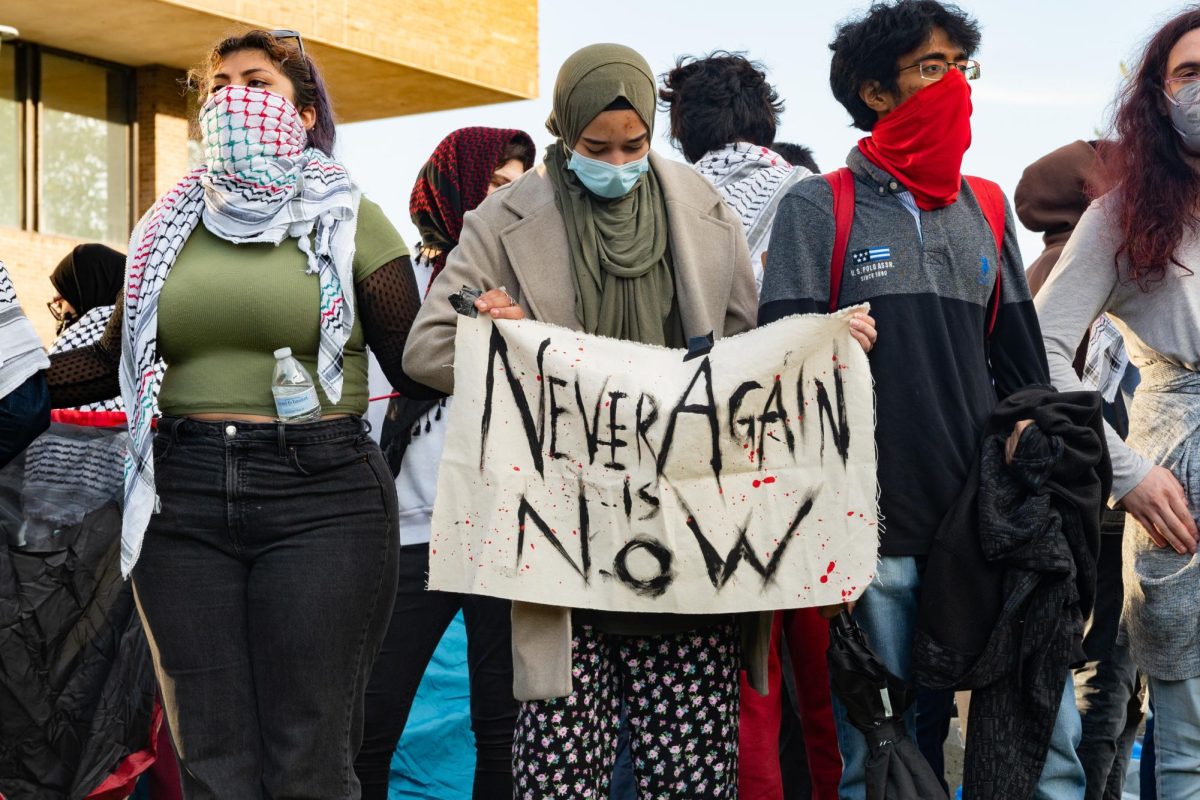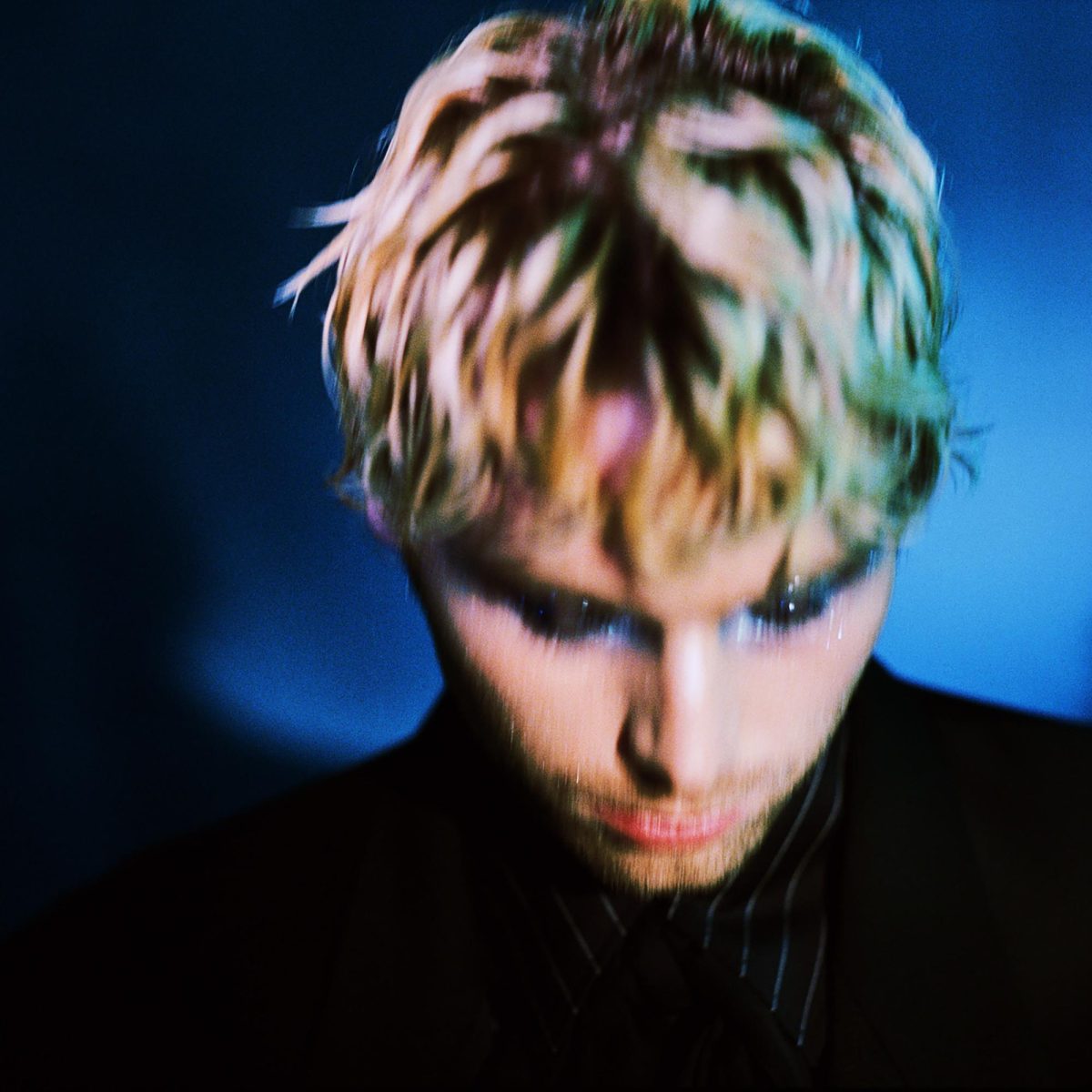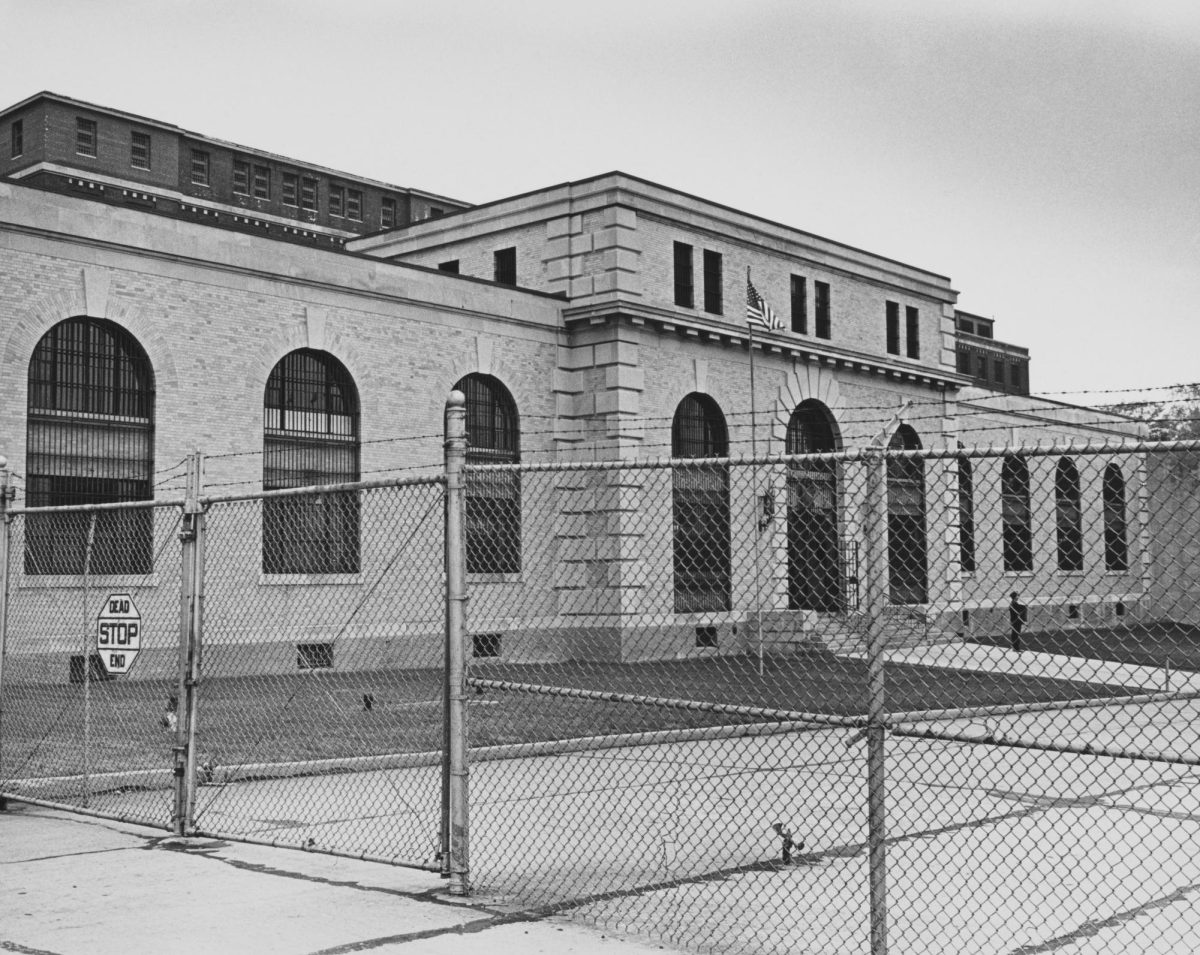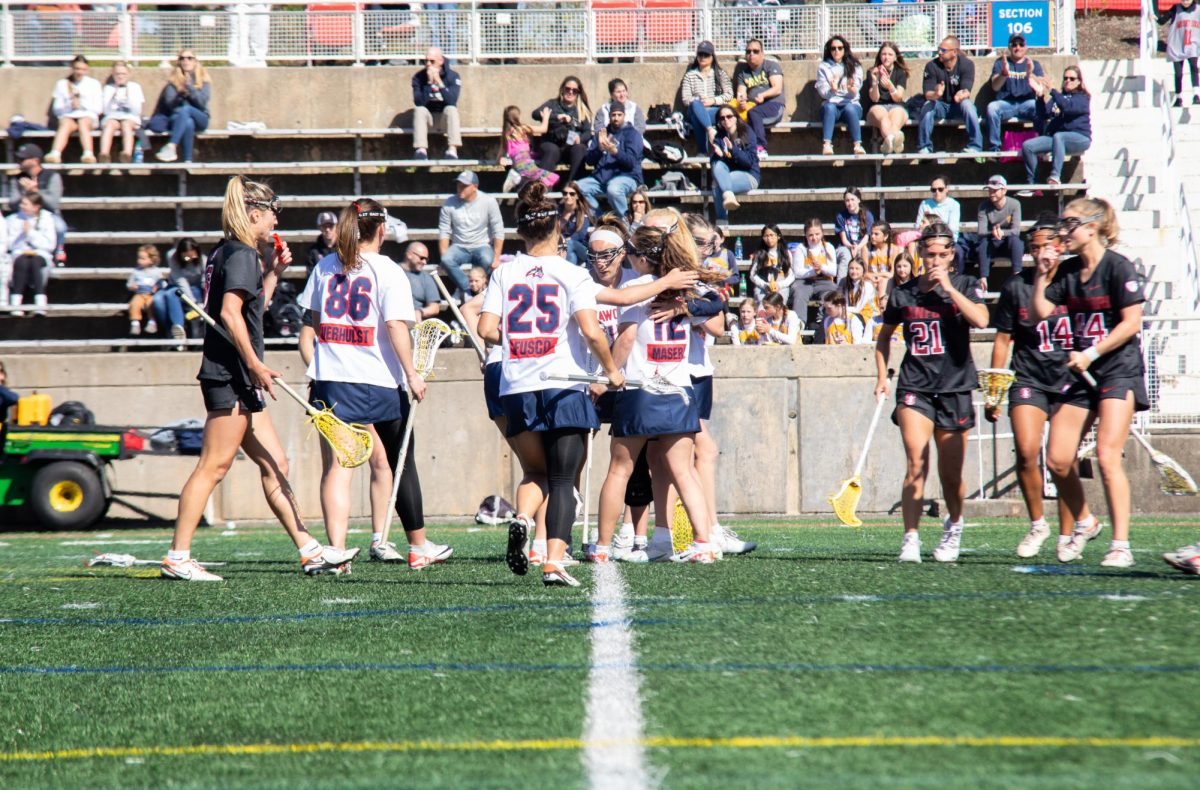The Center for Communicating Science, a project under the Stony Brook University School of Journalism, is looking for a simple answer to an even simpler question — “What is a flame?”
It can be described. It flickers and provides heat during those cold winter nights. It makes the wax of birthday candles melt. Firefighters jump into it on a regular basis to save lives. It cooks your favorite hot meals. But to describe what a flame actually is, which is a burning gas undergoing the process of combustion, is not an easy thing to do. Especially not to 11 year olds, who will be judging the entries.
Scientists from around the world will try to answer the question in the “Flame Challenge.” The contest, which ends April 2, is spearheaded by Alan Alda, a visiting professor at the School of Journalism and the star of the 1970s show M*A*S*H.
“What we are interested in is clarity in establishing the channel between two humans that occurs when socialization happens,” Alda said in a press conference. “Then I realized in the middle of all that… wait a minute, it would be fun to extend this connection, this personal connection with the reader even further and say to the reader ‘No, I mean this, really think about this, how would you explain it to me if I were an 11-year-old asking you this question?'”
More than 300 entries have been received, according to Elizabeth Bass, the director of the Center for Communicating Science, and they have come from across the nation, as well as more than 10 countries, including Australia, the United Kingdom, India, Brazil, Colombia, Saudi Arabia, China and Russia.
The goal of the center is to get 10,000 11-year-olds from around the country to read the entires. So far there are more than 30 schools participating with students waiting to judge who has the best response, which will be verified by the American Chemical Society before distribution.
“We don’t tell them to dumb down science, but rather make it more approachable,” Bass said.
The program is receiving recognition from publications such as The New York Times and the journal Science. The American Chemical Society, or ACS, has strongly supported the contest as well, having put it in the newsletter and on the homepage of their website.
“It’s so closely aligned with our goals at ACS,” Nancy Blount, assistant director of society communications at ACS, said. “We try to encourage our members to speak simply and compellingly and tell why it matters. We mean to anyone — a neighbor, a student, a person sitting next to you on a plane or someone you meet at a cocktail party. Why should they care?”
Answering questions more simply is a technique that will not only help the listener, but the scientist as well, who would need to advocate their message clearly to someone like a potential employer or funder for research. It also helps with discussions for public and political issues; someone unaware of a scientific issue cannot make an informed decision on jargon or technicalities they might not be familiar with.
“Expressing yourself clearly promotes better science,” Bass said.
One example is a scientist working on a new treatment for a disease — if the scientist does not include why it’s important to have this treatment, what the disease is and what it does or even what the name of the treatment is, the listener may lose interest.
Especially an 11-year-old.
“I remembered that moment in my life when I was 11 years old,” Alda said. “The question ‘What is a flame?’ really meant something to me. I was fascinated. And I really wanted to know what a flame was. But when my teacher said it’s oxidation and left it at that; I really couldn’t believe it for a while.”
Being able to explain science to a non-scientist is the driving force behind the Center for Communicating Science, which opened in 2009 with classes for graduate students. Some classes are “Improvisation for Scientists,” which implements theater techniques to help students communicate; “Distilling Your Message,” which focuses on finding common ground with listeners at different levels of complexity; and “Writing to Be Understood,” which develops the ability to write about science and health for the public while including their research.
The winner will receive VIP passes to the World’s Science Festival, will be held from May 29 to June 3, where the winner will be announced. There will also be a live version of the contest at the festival.
“We might actually see some interesting techniques evolve during that event that we could make use of and pass on to people who are trying to explain things to an 11-year-old,” Alda said.
Because if an 11-year-old does not understand an answer the first time around, there might not be a second time, which increases the importance of answering simply at the moment that particular phenomenon piqued his interest.
“It’s an opportunity at moment’s notice, and lost just that quickly,” Blount said.
Bass said the center is looking to make this an annual contest, with a different question posed by the 11-year-olds every year. But by answering the science questions simply, everyone might benefit.
“It’s often the goal of really smart people to be able to speak in really plain language,” Alda said. “That would help us all a lot.”










